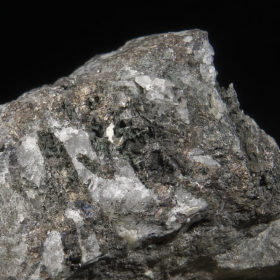
Researchers in South Korea have analyzed the effects of alkali doping on the fill factor of kesterite solar cells and have built a device on a flexible metal foil optimized with a sodium fluoride doping layer.
A group of scientists from South Korea’s Gwangju Institute of Science and Technology and the Ewha Womans University have sought to increase the fill factor (FF) of kesterite solar cells with alkali doping. The fill factor is currently the second most significant parameter deficit in this kind of cell technology after the open circuit voltage (VOC) deficit.
The copper, zinc, tin, sulfide and selenide (CZTSe) cell was combined with polycrystalline silicon and was doped with a thin 25 nm thick sodium fluoride (NaF) layer. “Generally, it is known that alkali elements avoid becoming recombination centers, form benign secondary phases, help minority carrier transportation through grain‐boundary (GB) passivation, and prevent the formation of deep‐level defects,” the researchers explained.
Through this doping optimization, the device became able to select a better carrier transport path by the high potential difference between the intragrains and the grain boundaries, according to the research group. It also specified that the carrier transport path depends on the amount of sodium dopant, which affects the cell’s electrical resistance and FF, adding that an excessive doping may also lead to low fill factor and contact potential difference.
The fabricated cell achieved an efficiency of 8.66% and a fill factor of 62.63%. The result was certified by the Korea Institute of Energy Research (KIER). “After 1000 bending cycles with a bending radius of 12 mm, our flexible CZTSSe solar cells maintained 92.2% of the initial PCE,” the academics stated.
The device is described in the paper Impact of Na Doping on the Carrier Transport Path in Polycrystalline Flexible Cu2ZnSn(S,Se)4 Solar Cells, published in Advanced Science.
Kesterites, for which no supply bottlenecks are expected in the future, are comprised of common elements, such as copper, tin, zinc and selenium, unlike copper indium gallium selenide (CIGS) compounds. For now though, kesterite still lags behind the efficiencies achieved with CIGS in mass production.
Lắp đặt điện mặt trời Khải Minh Tech
https://ift.tt/2X7bF6x
0906633505
info.khaiminhtech@gmail.com
80/39 Trần Quang Diệu, Phường 14, Quận 3
Lắp đặt điện mặt trời Khải Minh Tech
https://ift.tt/2ZH4TRU
Không có nhận xét nào:
Đăng nhận xét